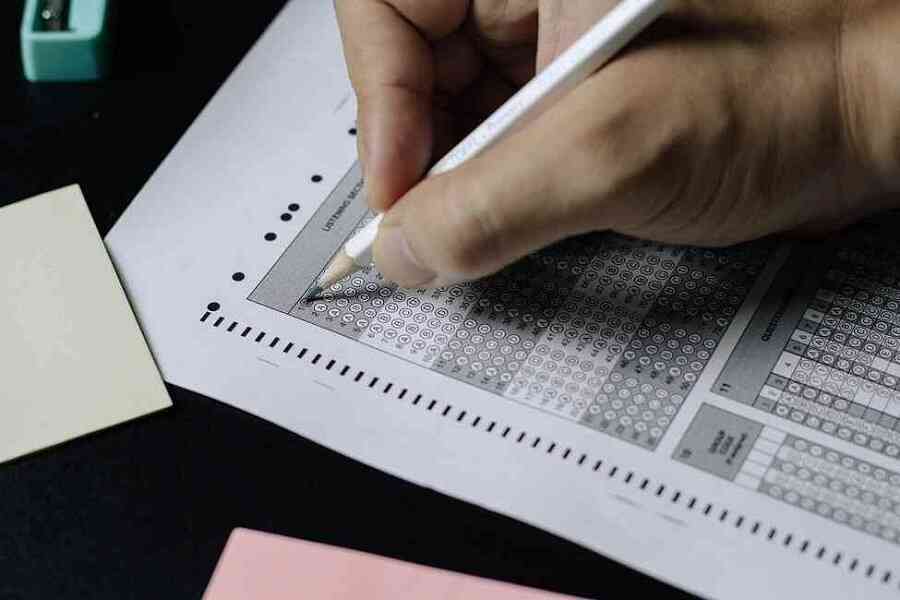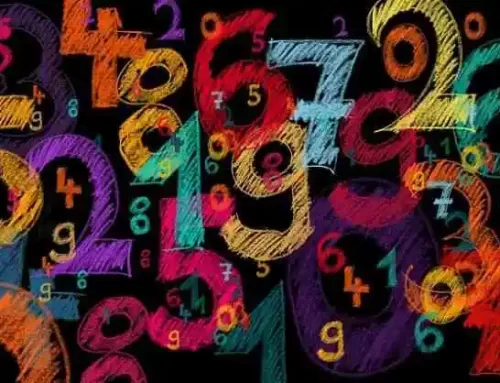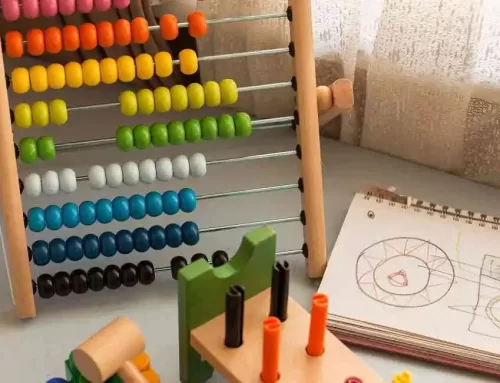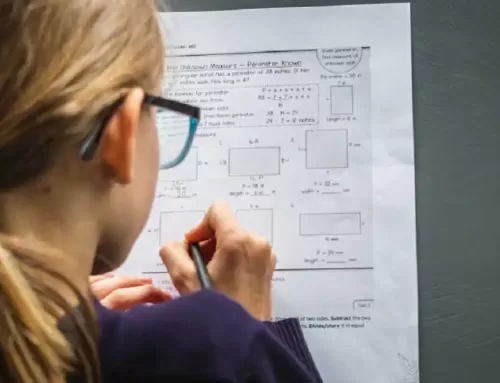What Exactly Is The SAT?
The SAT is a globally-recognized standardized test that assesses a student’s readiness and likelihood of success in college. The test measures competency and skill level in applying knowledge across three core academic categories: (i) reading, (ii) writing, and (iii) math.
High school students in grades 11 and 12 take the SAT and submit the scores with their college application, which is reviewed by each school’s admissions committee.
Originally, the test was called the Scholastic Aptitude Test and it later became the Scholastic Assessment Test. At this time, the actual test name is the SAT. Each year, the SAT is taken by more than 1.6 million students.
The College Board
SAT Test Format
The SAT is a primarily multiple-choice, pencil and paper test. There are three main sections: (i) Evidence-Based Reading, (ii) Evidence-Based Writing, and (iii) Math. Total time for taking the test is approximately 3 hours and 15 minutes.
| Section | Time | Number of Questions | Content |
|---|---|---|---|
| Reading | 65 minutes | 52 | Reading and vocabulary in context |
| Writing and Language | 35 minutes | 44 | Grammar, usage, sentence structure, punctuation |
| Math | 80 minutes | 58 | Algebra, problem solving and data analysis, geometry, trigonometry, pre-calculus |
There is no penalty for guessing so it’s better to select any answer than leave a response blank.
SAT Evidence-Based Reading
Structure of the SAT Reading Test
Students will read passages of 500 – 750 words and answer multiple-choice questions related to each passage. There are four stand-alone passages and one double passage. Success is driven by how well a student understands vocabulary, the use of evidence to support a claim, and reading comprehension. Test questions are based on the content presented, not the student’s prior knowledge of the particular subject matter.
The SAT Reading test asks 52 total questions. Passages are drawn from:
- Literary fiction
- US founding documents such as the US Constitution, or works from a Great Global Conversation, which involve political and social presentations of freedom, justice, or human dignity
- Economics, psychology, sociology, or other social science
- Scientific works that examine foundational concepts in Earth science, biology, chemistry, or physics
Preparation Tips for the SAT Reading Test
- Students should sharpen their vocabulary skills and learn the meaning and usage of words frequently used in college-level assignments.
- Build reading comprehension skills to understand the meaning of words based on the context within which they are used. In particular, study words with multiple meanings, such as “favor”, “agitate”, “accede”, and “emit”.
SAT Evidence-Based Writing
Structure of SAT Writing Test
For the Writing test, students must identify mistakes and weaknesses within written passages and answer a total of 44 multiple-choice questions. There are four passages of varying complexity with each containing 400 – 450 words. Student success is based on their skill level and understanding of standard English conventions and the effective use of language.
Writing Passage Formats
Passages are sourced from topics on careers, social studies, the humanities and science. Formats include:
- Non-fiction story-like narrative of a specific topic such as a scientific experiment or historical event
- Argument or other persuasive, informative or explanatory writing
- Passages may also include a chart, table or graph
Types of Questions
Command of Evidence | Words in Context | Expression of Ideas | Standard English Conventions
The SAT Writing test asks 44 total questions. Students are expected to select answers that correct grammar, punctuation, and language usage as well as interpret data and improve the organization, sentence structure, and expression of ideas.
Preparation Tips for SAT Writing Test
- Build knowledge of grammar and punctuation rules.
- Read essays, news articles, and other works of non-fiction and pay attention to the structure, transition words, and use of evidence to support the main point.
- In addition, study college-level vocabulary and understand the meaning of a word based on the context it is used.
- Practice interpreting data presented in graphics such as charts, tables and graphs.
SAT Math
Structure of SAT Math Test
There are two parts to the SAT Math test – a 20 question no-calculator portion and a 38 question calculator portion. Most of the questions are multiple-choice. Thirteen of the total 58 questions require a written response. These are known as “grid-in” questions.
Types of Questions
Test content focuses on topics that are most common in college curriculum.
- Heart of Algebra – linear equations and systems
- Problem Solving and Data Analytics – quantitative skills
- Advanced Math – complex equations
- Additional Topics – varied from geometry and trigonometry to the most relevant to college and career readiness
Preparation Tips for SAT Math Test
- Memorize formulas and math facts. Review basic math calculations to prepare for the no-calculator section.
- Learn specific strategies for solving multiple-choice math questions, such as back-solving (using each possible answer to see which fits with the question) or picking numbers (substituting relevant numbers for variables in the question).
- Take practice tests to prepare for the structure and types of questions. Practice under a time constraint to improve efficiency and train under pressure.
SAT Score Report
A student’s overall SAT score is the sum of the (i) the Evidence-Based Reading and Evidence-Based Writing scores, and (ii) the Math score. The highest total possible SAT score is 1600.
The total score and the section scores will be provided on the official report received from The College Board. There will also be a series of Cross-test scores and Subscores that analyze proficiency across various topics.
SAT Test Total Scores
- The overall total score is between 400 and 1600 points.
- The total Reading and Writing score is between 200 and 800 points.
- The total Math Test score is between 200 and 800 points.
SAT Test, Cross-Test, and Subscores
Three Test scores are given for each of the Reading, Writing and Language and Math tests. The total Test scores are between 10 and 40 points.
Two Cross-Test scores are given for (i) analysis in history and social students, and (ii) analysis in science. The total Cross-Test scores are between 10 and 40 points and are based on select questions from each of the three tests.
There are 7 Subscores for proficiency in history, social studies, and analysis in science, selected from questions across all three tests. There is one Subscore for each of the following topics:
- Command of evidence
- Words in context
- Expression of ideas
- Standard English conventions
- Heart of Algebra
- Problem solving and data analysis
- Passport to Advanced Math
| Score Section | Minimum – Maximum Possible Points | Description |
|---|---|---|
| Total Score (1) | 400 – 1600 points | Sum of the 2 Section Scores |
| Section Score (2) | 200 – 800 points | Scores for (i) Evidence-Based Reading and Evidence-Based Writing, and (ii) Math |
| Test Scores (3) | 10 – 40 points | Scores for (i) Reading, (ii) Writing and Language, and (iii) Math |
| Cross-Test Scores (2) | 10 – 40 points | Scores for (i) Analysis in History / Social Studies and (ii) Analysis in Science. The Cross-Test Scores are based on selected questions from the Evidence-Based Reading, Evidence-Based Writing, and Math tests. |
| Subscores (7) | 1 – 15 points | Scores for proficiency based on selected questions from the Evidence-Based Reading, Evidence-Based Writing, and Math tests. |







Leave A Comment